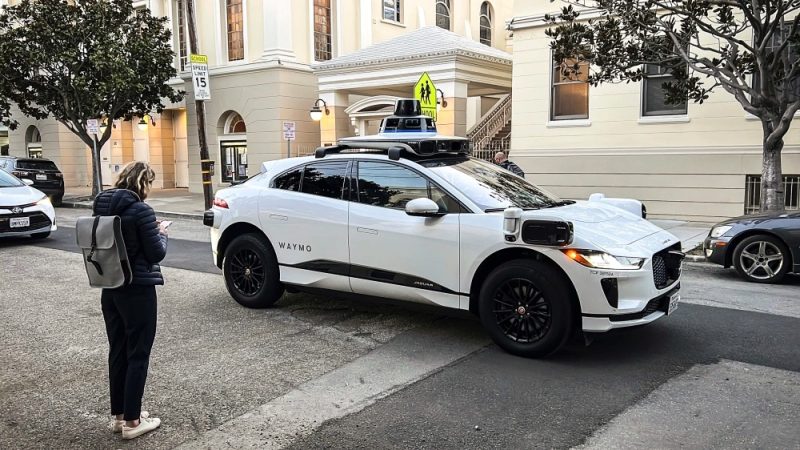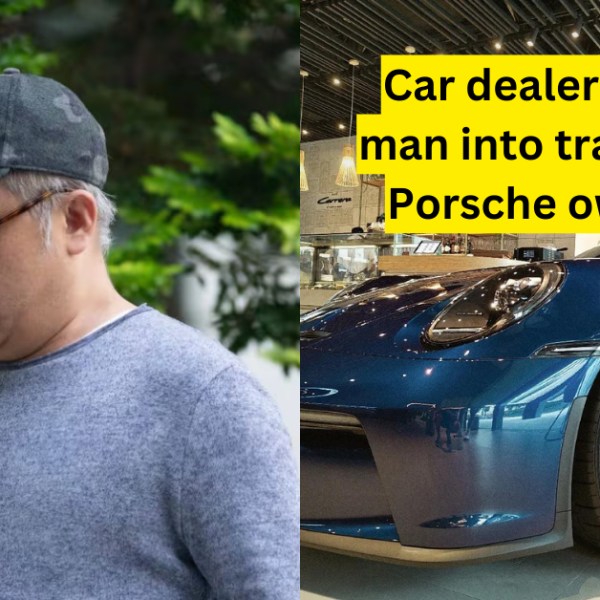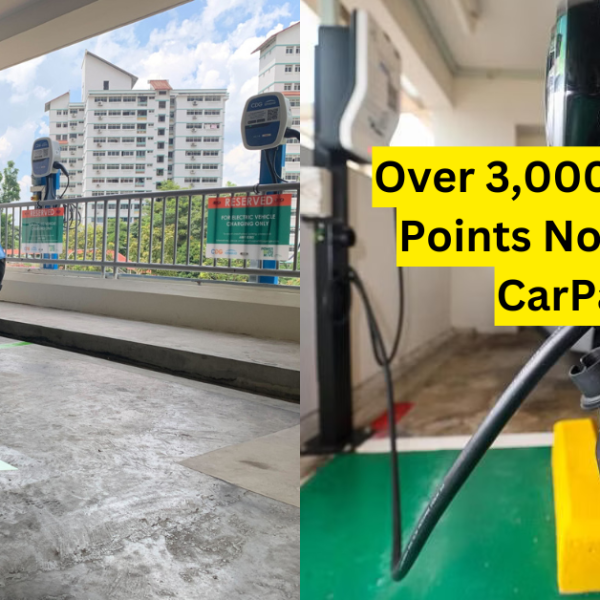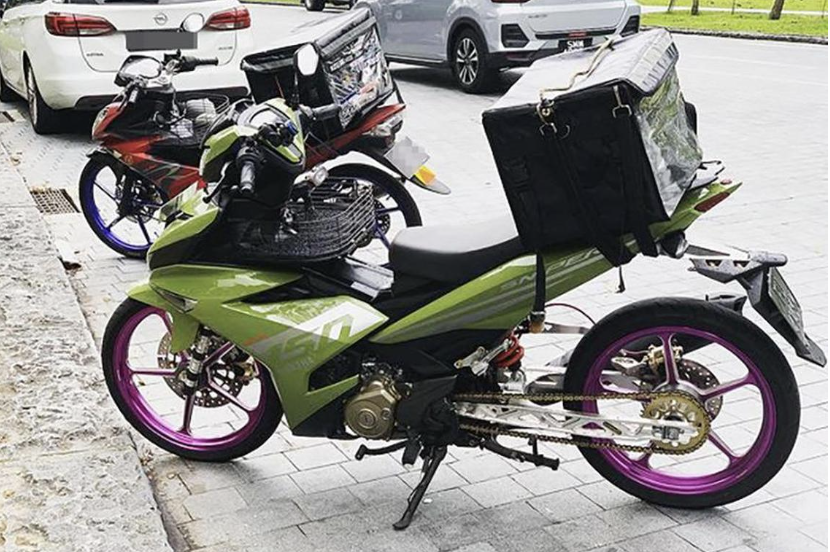As the automotive industry races towards innovation, the advent of autonomous driving vehicles stands at the forefront.
Waymo, a subsidiary of Alphabet Inc., has been pioneering this revolutionary technology with its self-driving taxi service, Waymo One.
While still in its nascent stages, the service has garnered significant attention and debate, raising the question: could this be the future for ride-hailing services like Grab, Gojek, and Tada in Singapore?
The Rise of Autonomous Taxis
 Source: NBC News, Terry Chia / AP file
Source: NBC News, Terry Chia / AP file
Waymo’s journey began as a secretive project under Google’s umbrella, with the ambitious goal of creating a fully autonomous vehicle capable of navigating the complexities of urban traffic without human intervention.
Today, Waymo One operates in select cities in the United States, offering a glimpse into a future where human drivers are no longer necessary.
One user, who had the opportunity to experience Waymo first-hand, marvelled at the technology: “Oh yeah, I found the Waymo charging port! It’s crazy. They just queue themselves and then head into the lot. There’s a line of them and it’s all automatic… Very futuristic but also scary at the same time.”
A Comfortable Ride
 Source: Ars Technica
Source: Ars Technica
Waymo has partnered with luxury car manufacturers like Jaguar, ensuring that comfort is not compromised in the pursuit of technological advancement.
A delighted user commented, “It’s nice that they chose Jaguar, super comfortable.” This attention to detail in the choice of vehicle highlights Waymo’s commitment to providing a premium experience for its passengers.
Legal and Operational Challenges
However, the road to widespread adoption of autonomous taxis is fraught with challenges.
One significant concern revolves around the legalities of liability and insurance. In a world where vehicles drive themselves, who is held accountable in the event of an accident?
This question remains a topic of intense debate among legal experts and policymakers.
Operationally, autonomous vehicles must be equipped to handle an array of unforeseen circumstances.
From dealing with drunk or drugged passengers to managing jaywalking pedestrians, flat tires, and even something as mundane as bird droppings covering the sensors, the potential for mishaps is vast.
As one user succinctly put it, “Operationally, all the things that can go wrong, like drunk/drugged passengers, pedestrians jaywalking, flat tires, bird shit covering the sensors, etc.”
Regulatory Approval: A Hurdle Yet to Be Overcome
One of the most significant barriers to the adoption of autonomous vehicles in Singapore is regulatory approval. Despite the advanced state of Waymo’s technology, Singapore has yet to green-light the operation of self-driving taxis on its roads.
A user who tested the Waymo pondered, “Regulatory approval. Why hasn’t Singapore allowed this yet?”
The Land Transport Authority (LTA) of Singapore has been cautious in its approach, prioritising safety and thorough testing before granting approval for autonomous vehicles.
The stringent regulatory environment in Singapore aims to ensure that any new technology introduced on its roads meets the highest standards of safety and reliability.
The Future of Ride-Hailing in Singapore
As we look towards the future, it is clear that autonomous vehicles hold immense potential to transform the ride-hailing industry.
Companies like Grab, Gojek, and Tada could leverage this technology to offer safer, more efficient, and cost-effective services. However, several hurdles must be overcome before this vision can become a reality.
The integration of autonomous taxis into Singapore’s transport ecosystem will require significant advancements in technology, comprehensive legal frameworks, and robust regulatory approvals.
While the prospect of hopping into a driverless taxi may seem like something out of a science fiction novel, the rapid pace of technological innovation suggests that it may be closer than we think.
Conclusion
Waymo’s autonomous taxis represent a bold step towards a future where driving is a task relegated to machines.
For Singapore, a nation known for its forward-thinking approach and technological prowess, the adoption of such innovations could redefine urban mobility.
However, achieving this future will require overcoming numerous legal, operational, and regulatory challenges.
As we continue to monitor developments in autonomous driving technology, one question remains: Will this be the future of Grab, Gojek, and Tada?
For now, we can only watch, wait, and prepare for the day when the streets of Singapore might see a line of autonomous taxis, queuing themselves and navigating the city with the precision and efficiency only machines can achieve.
Have a story to share?
Accidents occur frequently, but as responsible road users, we can collectively contribute to reducing their frequency.
If you or someone you know has a video or story to share, please do not hesitate to email us at writer@roads.sg
Together, we can all contribute to creating safer roads for everyone.
================
Get comprehensive cover at a lower price today! Receive up to S$400 worth of petrol vouchers with AIG. T&Cs apply. Protected up to specified limits by SDIC.
Get a quote now! www.aig.sg/roads







